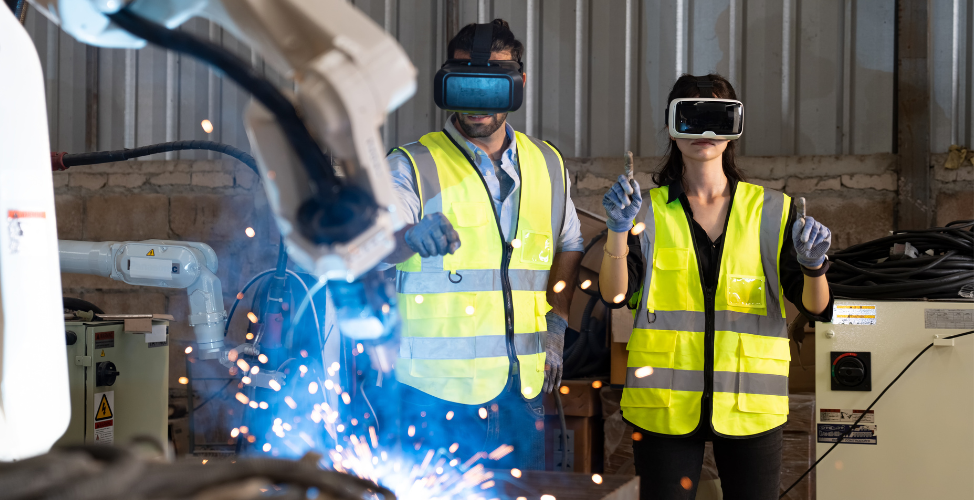Differences Between Adaptive Web Design and Responsive Web Design
As we know, website design is not just about visual design. Nowadays, most websites either use adaptive web design or responsive web design strategies. Understanding the differences between adaptive design and responsive design will help you as a web designer to better understand the needs of your clients and build effective websites.

What Is Responsive Web Design?
Adaptive design is a web design approach that creates and develops multiple versions of a web page to accommodate different user screen sizes. Contrary to a static page design, which loads content on a single website responsively to multiple devices or screen sizes, an adaptive design uses a GUI to create many different fixed layouts. It enhances responsive web design, which offers a focused solution for particular devices.
The various layouts of a webpage in adaptive design assist in adjusting to User Interface (UI) for different devices. It improves website design and makes user interaction with a web page simpler.
What Is Adaptive Web Design?
According to the size and orientation of the device, responsive design serves the same content to all devices, but it reflows and moves around as necessary.
Simply said, responsive design is an approach that allows a website to change depending on the screen size of a particular device, whether it is in portrait or landscape mode or dependent on its orientation.
Differences between Adaptive Web Design and Responsive Web Design
It is a challenging choice to choose between adaptive vs responsive website design. To pick the best one, take into account all the differences below. Compare both web designs to determine which will best serve your demands for your online business and improve your online performance.
Layout
- Responsive: A single layout shows differently depending on the device or browser window. The UX design is compatible with Windows, macOS, Linux, Safari, Bing, Chrome, and other browsers and operating systems.
- Adaptive: Which layout to populate is predetermined by the client’s device or browser. The server delivers the correct configuration after identifying factors including operating system and device type.
Flexibility
- Responsive: Just like any other website, responsive websites require regular maintenance. However, responsive layouts do not need to be updated when the marketplace provides new screens.
- Adaptive: Screen dimensions and resolutions are always changing. When not tailored to a screen’s resolution, adaptive layouts can “break”. To adapt to rapidly evolving technologies, you constantly need to create and build new layouts.
SEO
- Responsive: Google promotes and encourages sites that use responsive websites. Since half of all user traffic comes from mobile devices, mobile-friendly websites typically score higher on search engine results pages (SERPs).
- Adaptive: When it comes to SEO, adaptive designs are challenging since you need to update and optimize for each layout.
=> Watch more: Simple way to get high rank with Seo website design
Time and effort
- Responsive: Although slightly slower than adaptive designs, most website creation software offers features that speed up responsive layouts. These enable automatic scaling of both static and moving images to fit every device and resolution.
- Adaptive: Because only the essential assets are transferred to each device, adaptive layouts are usually considered to be faster. When viewed on a high-quality display, these layouts load even quicker, allowing images to load more quickly.
User experience
- Responsive: Because it is fluid, consumers can access and enjoy your online world on their mobile device just as much as they would on a large display. For this to be true, the responsive design calls for an excellent conceptualization of the website and a thorough understanding of the demands and preferences of the target audience!
- Adaptive: Adaptive design has the advantage of feeling more relevant to the modern user experience. This technique can enhance the functionality of a website by customizing the user experience for different device types. Additionally, it gives designers more control over the user experience, allowing them to develop special user interactions and functions for various devices.
It is hard to choose which approach is better when adaptive design vs. responsive web design. In our opinion, adaptive design is most likely the better option for most websites. Regardless of the device being used to interact with the interface, it will guarantee the optimum user experience. While adaptive design gives situational solutions to meet user demand, responsive design loads a screen from a desktop into a smaller device.
It is crucial to keep in mind that by making our designs touch-friendly, as designers, we must show users that we are in tune with their demands on a mobile device. And the same thing can be followed for desktop users. From the website’s lowest resolution to its highest, designers work their way up. As a result, we should choose the design that our client demands.
=> Watch more: Top 10+ UI UX web design in 2023
How do you tell if a website is responsive or adaptive?
It is simple to identify if a website is adaptive or responsive. An adaptive design is one where the web page layout appears differently depending on the device (such as a laptop or mobile). Meanwhile, a layout is responsive if it automatically adjusts to multiple screen sizes.
Conclusion
There are a lot of things to take into account when it comes to choosing between responsive vs. adaptive design, so take your time carefully to evaluate your situation and figure out what is the best fit for you. While a responsive web design can help you save time down the road, an adaptive web design might be better if you are looking for a simple and easy way to refresh your website.
As technology continues to deliver more and more screen resolutions into the market, picking between responsive versus adaptive layouts depends on the immediate needs of your business. Fortunately, SmartOSC’s templates have responsive web design services worked in, making sure smooth transitions and image loading no matter the device. With SmartOSC, you can create and build a customizable design that is optimized for mobile with no coding experience required at all. Contact us today!
Related blog
Learn something news today


